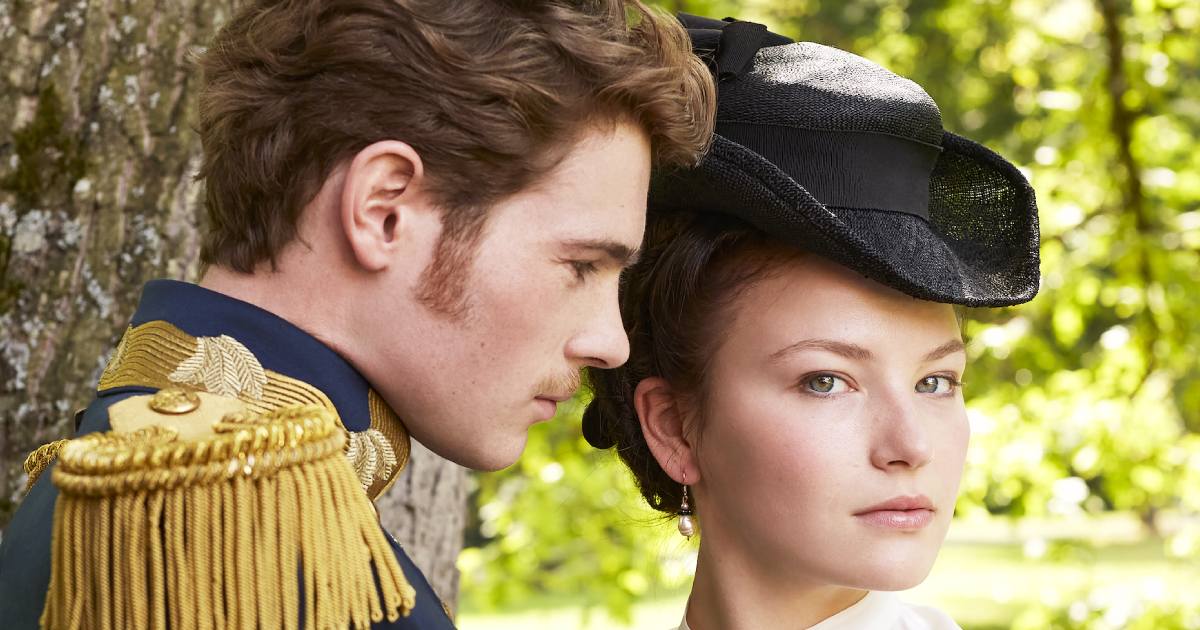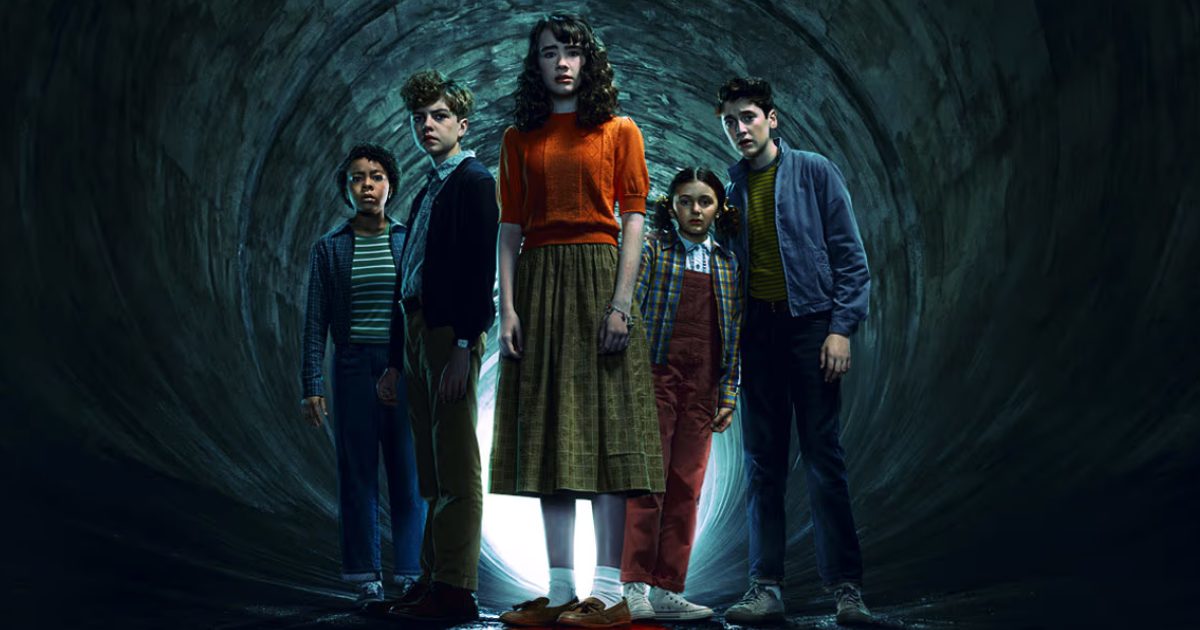
Netflix’s The Empress opened the doors to a world filled with crowns, political pressure, and a young woman who never wanted to live inside a palace made of rules. After a successful first season, the streaming platform returned with a second season in November of last year, bringing viewers back into the life of Empress Elisabeth of Austria. The show ended with soldiers marching, Franz Joseph riding toward danger, and Elisabeth facing fear and uncertainty. The real ending of her life looked even darker, without any chance for another season to fix it.
Tragic End Of Empress Elisabeth In 1898
Elisabeth’s tragic final chapter was in September 1898. She traveled to Geneva while hiding her identity, hoping to slip through the city like a regular traveler at the age of 60. However, an Italian anarchist named Luigi Lucheni discovered who she really was and approached her near a ship and struck her with a thin triangular file. For a moment, she stayed on her feet and continued walking before collapsing on the vessel. The wound caused fatal internal bleeding, and Europe felt the shock of losing one of its most admired royals.
The Empress will return for a third and final season! 👑 pic.twitter.com/rG6a3ZptUa
— Netflix (@netflix) January 27, 2025
The Real History Behind Netflix’s The Empress
The show begins long before tragedy, when Elisabeth of Wittelsbach arrived in Austria, only to see her sister, Helene, marry Emperor Franz Joseph. Elisabeth never planned to rule. Franz, however, changed the plans of both families by choosing the spirited younger sister instead. They married on 25 April 1854. He was 23 and already prepared to rule. She was 16 and nowhere near ready to surrender her free life in Bavaria.
Trending
The series keeps viewers focused on their romance, although historians recall that their marriage felt more formal than passionate. Franz knew his duty, and Elisabeth learned the value of independence. They spent 44 complicated years tied together in a palace where their appearances mattered more than their personal comfort.
Empress Elisabeth of Austria on horseback. Photographed in the 1860s. pic.twitter.com/F8Yv72QWq0
— WikiVictorian (@wikivictorian) October 23, 2025
Life Inside The Austro-Hungarian Court
Elisabeth’s early life in Vienna felt like a cage. Archduchess Sophie controlled every aspect of her existence, from choosing her staff and clothes to stepping into the role of mother with her first child. The court rules demanded perfection as a result of which Elisabeth started to hate attendants who touched every part of her daily routine, and she loathed extravagant habits like wearing shoes only once before they were thrown aside.
Family Tragedies That Changed The Empire
Elisabeth and Franz welcomed four children. However, loss struck early when their first daughter Sophie died at only two years old during a trip to Hungary. A son named Rudolf arrived in 1858, then Marie Valerie in 1868, yet Elisabeth often felt distant from them while struggling with mental health and disordered eating. She avoided public images of herself after turning 40, afraid of losing the youth that made her famous throughout Europe.
Rudolf’s death in 1889 brought more sorrow. He died with his 17-year-old mistress, Baroness Marie von Vetsera, in what became known as a murder suicide pact. Elizabeth never recovered from that grief. History later connected his loss to shifts in the royal line that eventually led to the disaster of World War I. With no heir from Rudolf, the throne passed to Archduke Franz Ferdinand.
Funeral of Emperor Franz Joseph of Austria-Hungary, photo taken of the procession on their way to Stain Stephens Cathedral, November 30th 1916 pic.twitter.com/3FvKCP0qde
— Austria-Hungary enthusiasts (@austro_the) June 2, 2025
War & Politics Shaped Season 2 Of The Empress
The Netflix series also moves through the political landscape of mid-19th-century Europe. Franz Joseph faces Napoleon III during the Second Italian War of Independence. He fights to lift the spirits of his soldiers, but Austria ultimately suffers defeat in that conflict. The result eventually left Franz with the burden of a heavy loss and Elisabeth with more reason to worry, as viewers now wait for the 3rd and final season to arrive.
The cast performing this story includes Devrim Lingnau as Elisabeth, Philip Froissant as Franz Joseph, Melika Foroutan as Sophie, Elisa Schlott as Helene, and Johannes Nussbaum as Maximillian.
Where Fiction Meets Reality In The Empress
Elisabeth’s story got romantic touches in the show. The real proposal did not happen in a forest filled with tension and instant sparks. She and Franz met long before that visit to Bad Ischl. The engagement was carefully arranged by their mothers. Helene did not stay close afterward, since Elisabeth worried feelings could still form between Franz and her sister. The screenwriters, as anyone would expect, polished events into a love story that grabs anyone craving grand romance.
Still, the heart of Elisabeth remains true. A young woman in love with freedom became one of the most admired rulers in Europe. Her legacy glimmers in legend, in films, in the 1950s Sissy trilogy, and now in the streaming age, where millions watch her ride again.
Advertisement
For more such stories, check out TV updates!
Must Read: Who Played Gomez Addams In Wednesday? Every Character Ranked By Performance
Follow Us: Facebook | Instagram | Twitter | YouTube | Google News



 Follow Us
Follow Us


![Hi Twinkle Khanna, Now That You’ve Made A Section Of Mard Samaaj Feel It’s Okay To ‘Sneak Around & Cheat’; What’s Next, Polygamy? [Opinion] Hi Twinkle Khanna, What's Next, Polygamy? [Opinion]](https://www.koimoi.com/wp-content/new-galleries/2025/10/hi-twinkle-khanna-now-that-youve-made-a-section-of-mard-samaaj-feel-its-okay-to-sneak-around-cheat-whats-next-polygamy-opinion-218x150.jpg)







